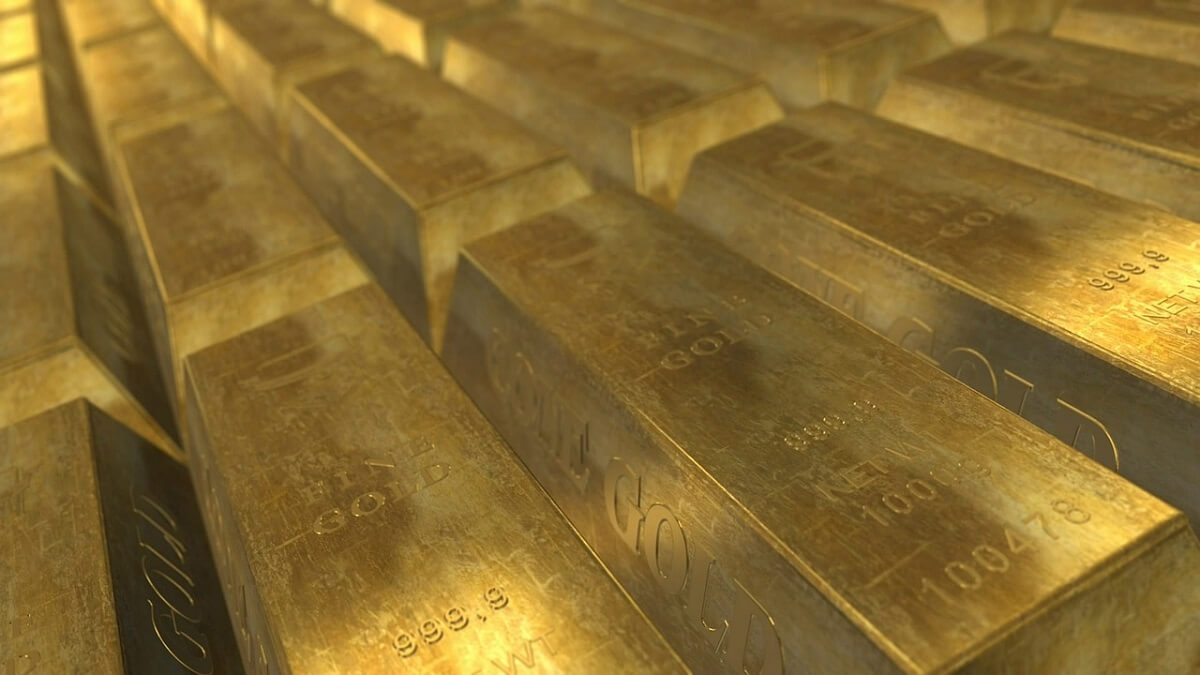Eastern countries have always had a special predilection for gold. China and India have become the standard bearers of this new movement in the precious metals market. Thirty years ago, their holdings of this asset amounted to 20% of the market, while today they account for 50% of the global demand for gold. Asian countries hold 60% of the gold found worldwide, says the World Gold Council.
The Indian gold revolution began in the early to mid 1990s. When changes in government policy liberalized the market. In 1992, the demand for gold in India was 340 tons. By 2022, that has more than doubled to 742 tons. India now ranks as the world’s second largest consumer of gold after China,” notes SchiffGold in a recent article.
Gold is a safe haven asset. But only in times of high inflation, when owning that metal constitutes a store of value. In this case, the preference of Asian countries for the precious metal has a large part of the geopolitical component. The hoarding of gold by China and India coincides with a series of countries moving in search of a new currency position as the focus of a payment market parallel to the dollar market.
Countries like Brazil, Russia, India, China and South Africa, known as BRICS, are leading the creation of a platform that can be a means of payment for this geographic region. Many countries are already at the end of what will become a headwind against the dollar’s hegemony.
“Gold is not just a luxury in India. Even the poor are buying gold in the Asian country. According to the 2018 ICE 360 survey, 1 in 2 households in India have purchased gold in the past 5 years. Overall, 87% of homes in the country have some amount of yellow metal in them. Even the lowest income families in India own some gold.
According to the survey, More than 75% of families in the bottom 10% have been able to purchase gold. Refers to the mentioned medium. The fact that gold is a staple in wedding ceremonies led the Indians to handle 25,000 tons of gold.
“This mineral has also played an important cultural role in China, but for the last half of the 20th century, the Chinese were forbidden to buy gold. The government relaxed restrictions in the 1990s, and in 2002, the Shanghai Gold Exchange. “Within two years, the market was completely liberalized,” says SchiffGold.
China’s annual gold consumption has quintupled from just over 375 tons in the early 1990s to a record high of 1,347 tons in 2013. Since then, China has ranked as the largest consumer of gold in the world.
There is also an eastward shift in gold in central bank purchases of this asset. The biggest buyers in recent years were from the East. These countries that are steadily increasing gold reserves include China, India, Turkey and Singapore.
Read more

“Beeraholic. Friend of animals everywhere. Evil web scholar. Zombie maven.”

:quality(85)/cloudfront-us-east-1.images.arcpublishing.com/infobae/E5XSENSJDNHJTBDS3WVAI5X2HU.jpg)
:quality(85)/cloudfront-us-east-1.images.arcpublishing.com/infobae/2JXPXNAEEJA5HPISPYS6VEZRCY.jpg)




More Stories
Numbers that gave luck to the new winners of Chipazo
Google is eliminating key positions and will move some jobs to India and Mexico
Cryptocurrencies: The value of the major digital currencies